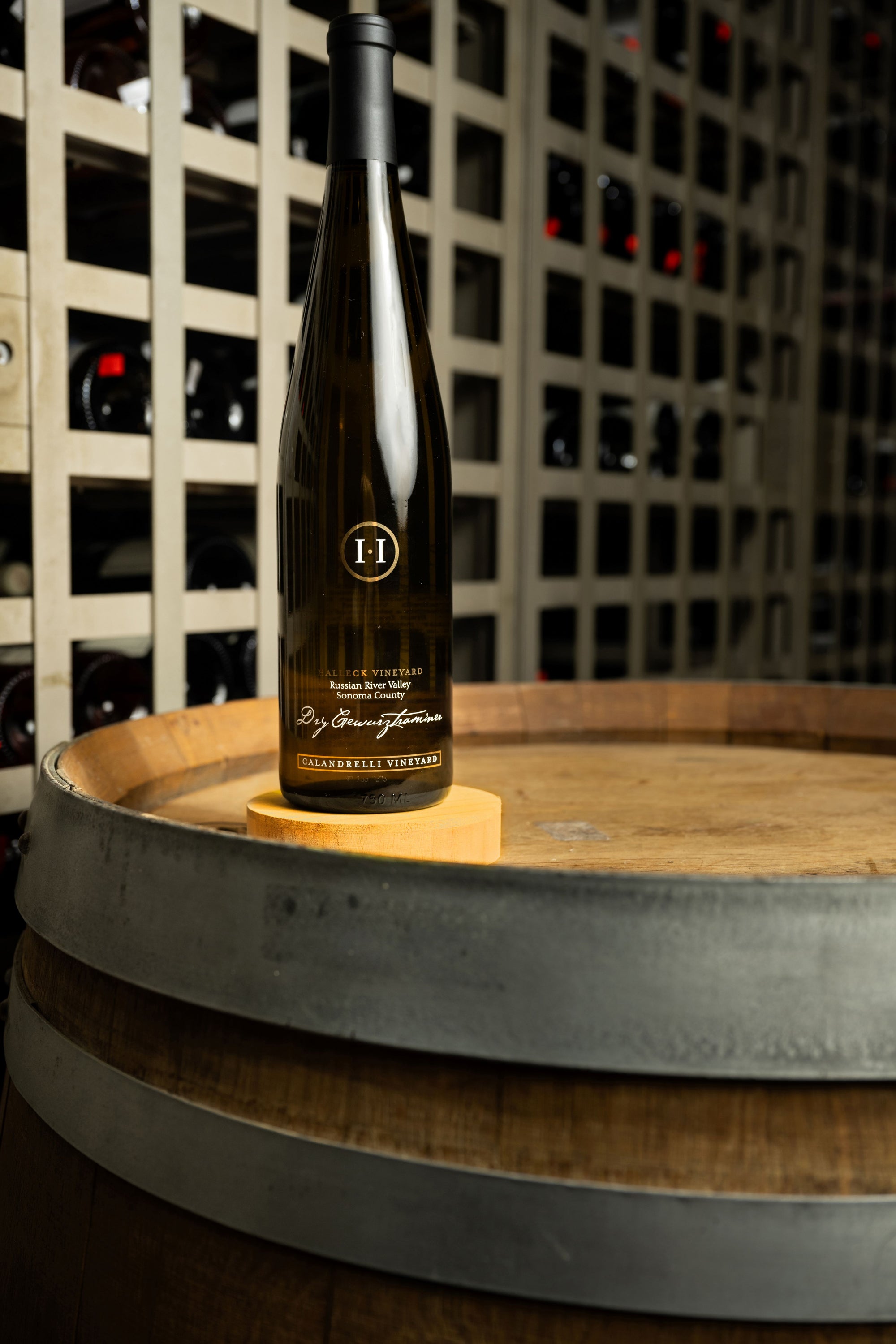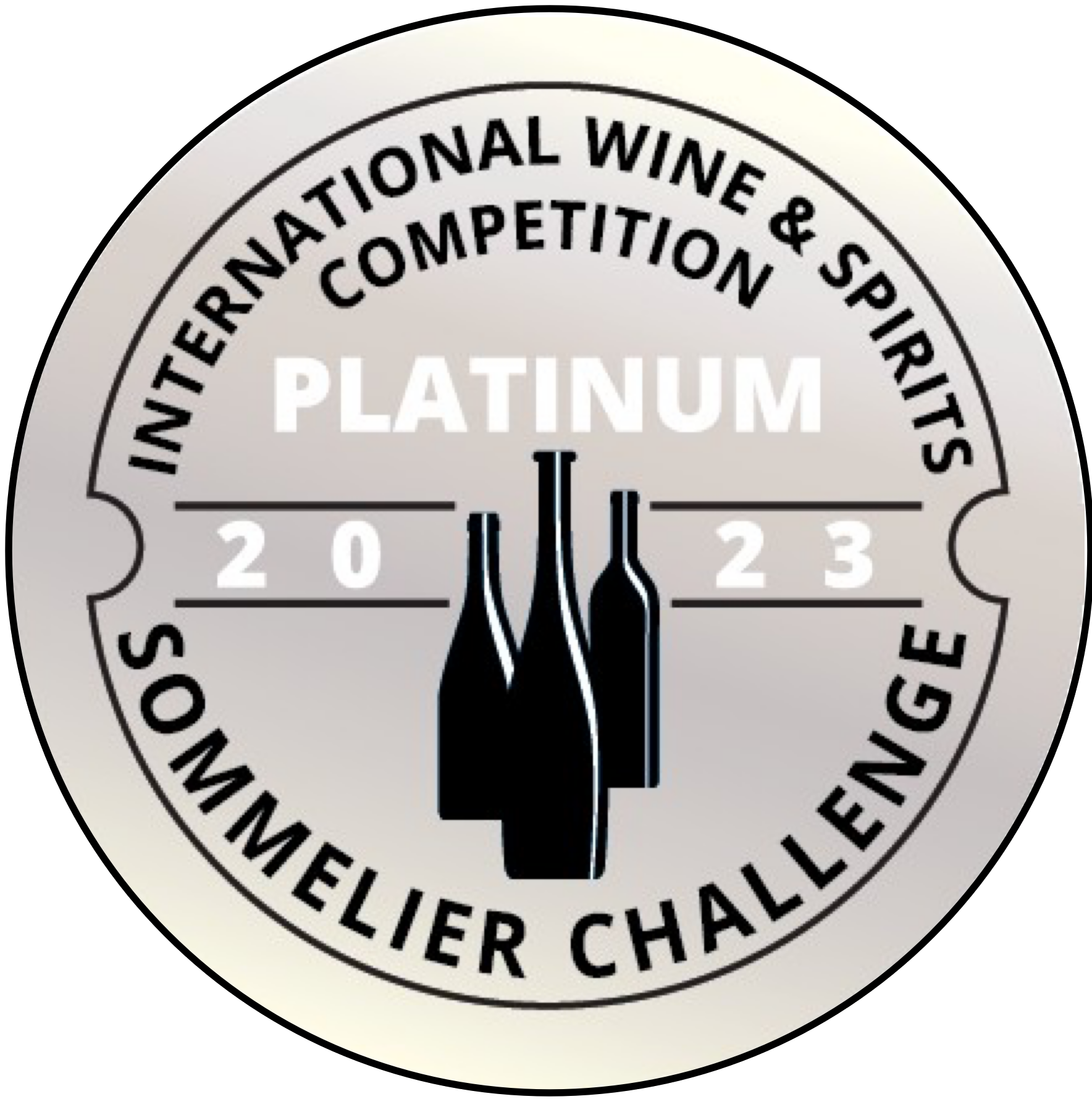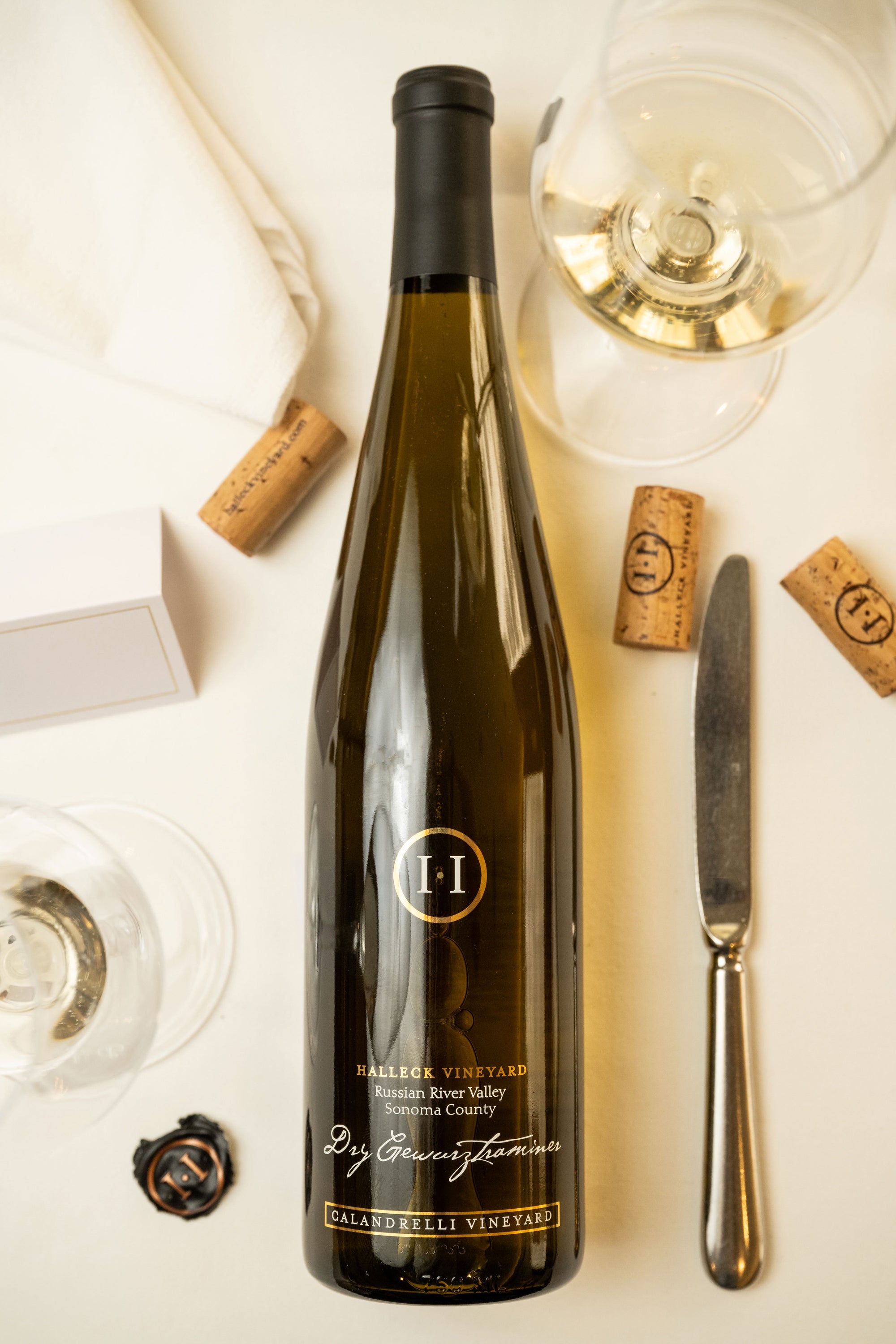Wineries Specializing In Sparkling Wines - Sonoma's Finest Wineries
Wineries Specializing In Sparkling Wines - Sonoma's Finest Wineries
Blog Article
Sonoma's Top Sparkling Wine Producers - Sebastopol Wine Country
Wine tasting is an art that combines sensory experience with an appreciation for the nuances of various varietals. How to gauge flavors in winery wine tasting periods is pivotal to grasping the complexities of wine.
Engaging in a wine tasting entails greater than merely sipping and savoring. It requires a centered strategy to determine aromas and flavors that each wine presents. As you start, observe the wine's appearance, noting its colour and clarity. These visual cues usually counsel a wine’s age, grape selection, and even potential flavor profiles.
The next step in the tasting course of is to swirl the wine in your glass. This motion releases aromatic compounds that are important for analysis. Lean in and take a moment to inhale deeply; the aromas can vary from floral and fruity to spicy and earthy. The nostril of the wine is just as essential because the palate, and recognizing scents performs a major position in understanding the overall experience.
When taking your first sip, permit the wine to maneuver throughout your palate - Wineries Renowned For Cabernet Sauvignon In Sonoma. Notice the initial flavors that current themselves. Is the wine fruity, floral, or perhaps herbaceous? This preliminary taste provides perception into what the wine is likely to specific as you continue to judge it. The mouthfeel also contributes to the general flavor experience; it can be silky, tannic, and even effervescent.
Wineries With Unique Tasting Experiences - Wine Tasting Experiences In Sonoma Valley
As you continue tasting, take note of the wine’s steadiness. A well-balanced wine will harmonize acidity, sweetness, and tannins. If one element overwhelms the others, it'd point out a much less desirable high quality. Evaluating balance can help you identify how well the wine might pair with food.
Transitioning to the end, think about how the flavors evolve as the wine lingers on your palate. A lengthy, nice finish can indicate a high-quality wine, whereas a brief or abrupt finish may suggest otherwise. Replicate on whether the flavors stay constant or if new notes emerge as the wine settles. This progression can reveal complexities and intricacies which may not have been obvious in the preliminary tasting.
Temperature can additionally be a crucial factor in evaluating wine flavors. Completely Different forms of wine are optimally enjoyed at particular temperatures. White wines often shine when chilled, whereas purple wines generally carry out best at room temperature. When tasting, ensure the wine is on the applicable temperature to fully recognize its character.
Intimate Wine Tasting Experiences In Sonoma - Celebrated Wineries Around Sebastopol
Pairing food with wine can greatly improve the tasting experience. Foods can influence the perception of flavors in wine, either highlighting sure characteristics or diminishing them. When evaluating flavors, consider how the wine interacts with totally different foods, noticing which flavors are amplified or muted (Wineries With Estate-Grown Grapes).

Consider the affect of terroir as you engage in a winery tasting. Terroir encompasses the distinctive environmental components that affect grape growing, including soil composition, local weather, and geography. Understanding a wine's terroir can provide insight into its flavors and aromas, fostering a deeper appreciation for the choices made during its cultivation and manufacturing.
Schooling plays a elementary function in enhancing one's ability to gauge wine flavors. Learning about grape varieties, wine regions, and manufacturing strategies can pave the way for more knowledgeable judgments throughout tastings. Moreover, attending workshops or classes can refine sensory skills and increase your flavor vocabulary, enabling you to articulate tasting notes more successfully.
Finally, it is essential to do not forget that evaluating wine flavors is a extremely personal experience. Particular Person preferences and perceptions will invariably form one’s tasting journey. Enjoyment must be on the forefront, with the evaluation process appearing as a device to boost understanding wineries known for their hospitality and appreciation somewhat than create inflexible guidelines.
Local Favorite Wineries In Sonoma - Sonoma Wine Tasting Adventures
In conclusion, mastering tips on how to evaluate flavors in winery wine tasting periods entails a mixture of sensory engagement, data, and practice. By learning to establish aromas, assess the balance, and recognize the intricacies of flavor, wine enthusiasts can deepen their connection to each bottle they encounter. As with any art form, the more one immerses themselves in the experience, the more they will uncover and benefit from the huge world of wine.
- Start by observing the wine's color and clarity, as these visual parts can hint at its flavor profile and getting older potential.
- Swirl the wine gently in your glass; this releases aromatic compounds, allowing you to higher determine the complicated scents related to the wine.
- Take a deep inhale before tasting, focusing on each major and secondary aromas to gather insights on fruits, spices, and different nuances.
- When tasting, allow the wine to coat your palate; note the initial flavors, the mid-palate complexity, and the end as these levels can provide completely different flavor highlights.
- Pay attention to texture and mouthfeel, as elements corresponding to tannin levels, acidity, and sweetness contribute considerably to the overall tasting experience.
- Examine flavors in opposition to standard wine characteristics; for red wines, contemplate berry notes, oak influence, and herbal tones, whereas whites might embody citrus, stone fruits, and floral hints.
- Take notes during the tasting session to track your impressions, serving to you to recollect and evaluate the totally different wines sampled.
- Discuss your findings with fellow tasters or winery employees, as sharing insights can improve understanding and appreciation of individual flavors.
- Permit time for the wine to breathe; generally, flavors evolve and reveal new dimensions after being uncovered to air.
- Experiment with food pairings during the tasting as they will dramatically alter how flavors are perceived, influencing total enjoyment.undefinedWhat should I look for when evaluating the aroma of wine throughout a tasting?
Start by swirling the wine in your glass to launch its aromas. Convey the glass to your nose and take a deep breath. Pay attention to the first scents you detect, as these are sometimes probably the most prominent. Look for fruit, floral, herbal, or earthy notes and attempt to establish specific characteristics, which is able to deepen your understanding of the wine's complexity.
Wineries Known For Handcrafted Wines - Best Winery In Sonoma For Quality Wine

How can I distinguish between different flavor profiles in wine?
Understand that flavor profiles are often categorized as fruit, floral, herbaceous, spicy, or mineral. Take small sips and allow the wine to coat your palate. Discover the first flavors that emerge first and the delicate notes that comply with. This layering is essential in distinguishing the wine's characteristics and can allow you to appreciate its distinctive profile.
Wineries Ideal For Large Groups - Vineyard Tasting Events In Sonoma County
What is the importance of the wine's see this website texture in a tasting?

The texture of the wine, also called mouthfeel, plays a crucial role in how we understand flavors. Pay attention as to whether the wine feels smooth, creamy, or gritty. The body of the wine (light, medium, or full) can improve or distinction with flavors, providing a more rounded experience during tasting.
How do I assess the stability of flavors in wine?
Balance in wine refers to the harmony between acidity, sweetness, tannin, and alcohol. Take a moment to evaluate whether these components complement or intervene with each other. A well-balanced wine will have none of its parts overpowering the others, creating a pleasant tasting experience.
Vineyard Tours With Guided Tastings In Sonoma - The Charm Of Sonoma Wineries
What function does temperature play in evaluating wine flavors?
Temperature can considerably influence the perception of flavors. Typically, pink wines are best served slightly under room temperature, whereas white wines take pleasure in being chilled. As the temperature modifications, the aromas and flavors can shift, permitting you to understand different traits. It’s important to style wine at its optimal temperature for true evaluation.
Wineries That Host Harvest Festivals - Top Sonoma Wineries To Visit
How can I improve my tasting skills over time?
Practice is vital to improving your tasting skills. Breathtaking Views From Sonoma Wineries. Attend tastings, hold a journal of your experiences, and discover different sorts of wines to broaden your palate. Additionally, studying about wine manufacturing and grape varieties can present context that enhances your analysis course of, making you a extra informed taster.
Is there a selected order in which I should style the wines?
Wineries With Outdoor Seating - Scenic Wineries Of Sebastopol
Sure, it’s advisable to style wines from light to full-bodied and dry to candy. This development prevents the stronger flavors from overshadowing the more delicate ones, allowing you to fully appreciate every wine's traits and nuances without palate fatigue.
How can I consider the aftertaste of wine?
Intimate Wine Tasting Experiences In Sonoma - Craft Wineries In Sonoma
The aftertaste, or end, is a vital side of the wine-tasting experience. After swallowing, take note of how lengthy the flavors linger in your palate and whether they change. A long, nice finish is commonly an indicator of a high-quality wine, whereas a brief or unpleasant end might suggest in any other case.
Why is it essential to note the wine’s acidity throughout tasting?
Acidity contributes to the overall freshness and construction of the wine. Pay consideration to the tingling sensation on your tongue; larger acidity can enhance the wine's liveliness and steadiness out sweetness. Noting acidity helps determine the wine's versatility with food and its getting older potential.
What ought to I do if I battle to determine particular flavors in wine?
Off The Beaten Path Wineries In Sonoma - Sonoma Wine Tasting Spots
Struggling to identify flavors is widespread, especially for novices. Focus on broader classes and describe what you'll have the ability to recognize, such as sweet or earthy notes. With practice, studying about completely different flavor profiles, and perhaps using flavor wheels, you may refine your senses and develop a more nuanced strategy to tasting. Report this page